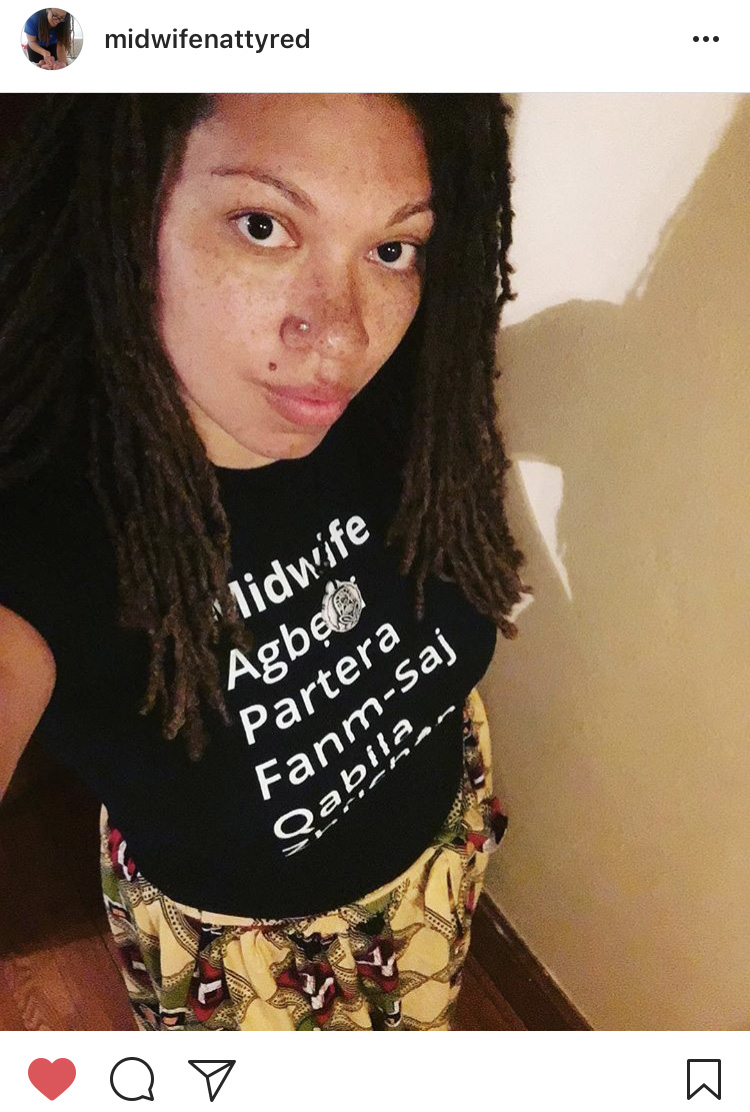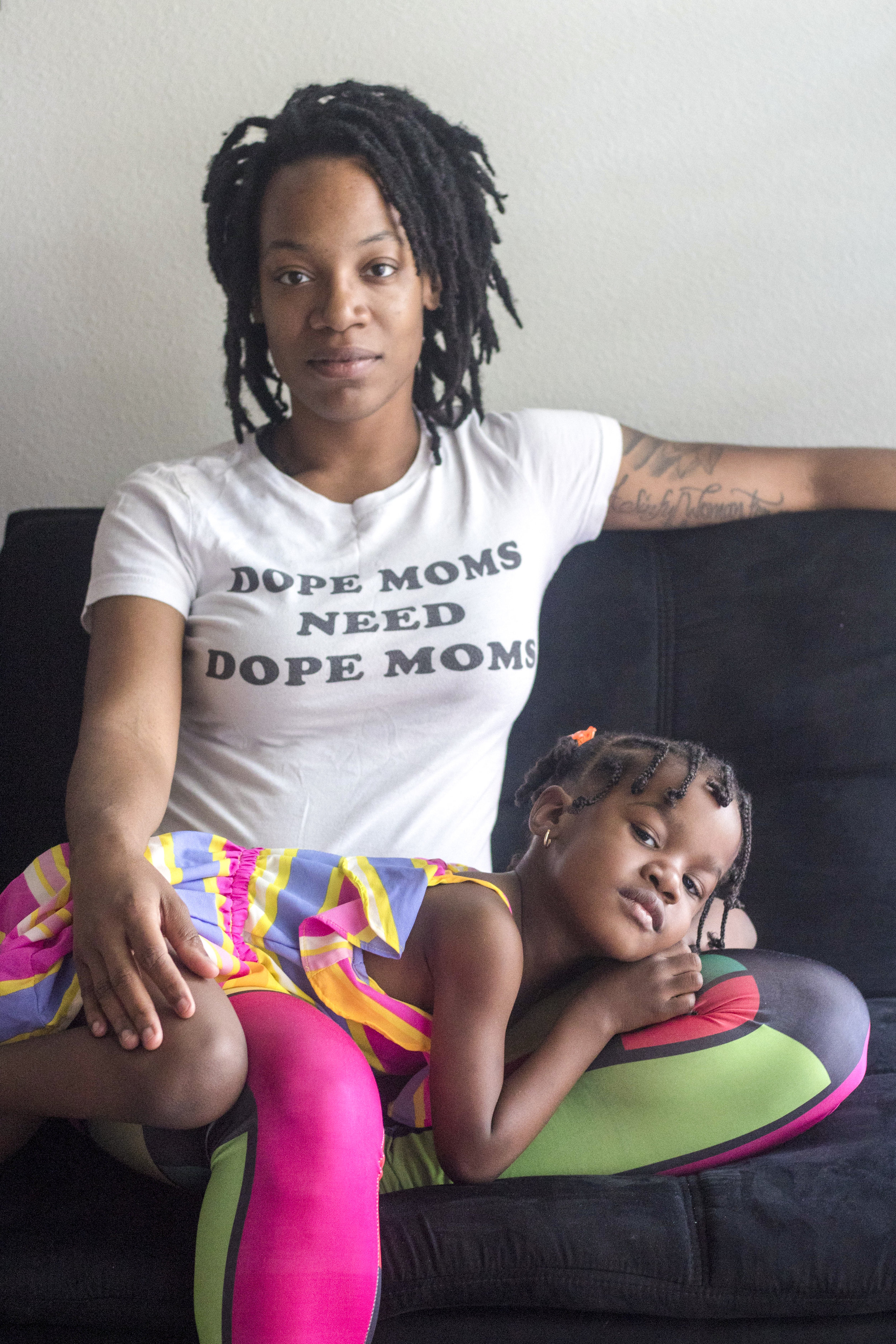Sliding scales don’t make sense when the fear of being undervalued is on and running. The concept depends on trust between the person setting the value and the person assessing their ability to match that value, to the highest possible degree. And everyone loves a discount. So if you give someone the option of no discount or a discount, they’re always going to go for the biggest discount, right?
Yesterday, I had a phone call with a potential client from a large organization. “How does your pricing work,” she asked. “Well,” I explained, “It depends a good deal on the context of the project. I give all of my clients a quote specifically for their scope of work. I have an hourly rate — but projects of certain sizes allow some flexibility.” I explained that pricing a one-page flyer is a little different than a 20-page annual report, which is a little different than creating 20 custom illustrations. “I also have a sliding scale,” I said.
“Oh,” this woman said, and now I’m paraphrasing, but her response was along the lines of, “Well we’re a nonprofit but we’re very well established — a sliding scale really wouldn’t be appropriate for us to take advantage of.”
I smiled on my end of the phone. It still surprises me a little bit when I get these kinds of replies. Because in my mind, yes, if you give someone the option of a discount or no discount, they're just going to take discount, right? But in my experience, that’s just not what happens.
My sliding scale goes from 70% to 100%. The little one-sheet that I rarely even send out these days articulates that 100% is the value I assign to the work I provide, and then it shows a line extending backwards to two notches at 85% and 70%. Underneath each potential price point, it offers a list of considerations for whether this level of discount might appropriately apply to this person or organization.
At the lowest rung of the sliding scale the list suggests that if you have no or limited expendable income, for example, this is an appropriate discount for you. In the middle, stressing about financial needs but being able to meet them regularly is an example that indicates less of a discount might fit you. And at the top, having access to savings or grant money is a clue that you may not really need a discount at all.
I round off my sliding scale document with notes about why I find it meaningful to work with folks on every stage of this scale. Full value payments match the value of the work I provide and help me to be able to work with folks who can’t pay full value at this time. That middle area of payment helps me to cover my costs and sustain my life as I work. And the heaviest discounted work I do is a way that my clients and myself show support for each other’s gifts and passions and missions.
But as I said, I rarely send this sheet out anymore. Altogether, I’ve probably only sent it out once or twice. When I’ve gotten on the phone, or spoken to someone face to face, I’ve encountered an inherent understanding. My clients and prospective clients seem to get where all of this is coming from, and honor it from their standpoint.






































